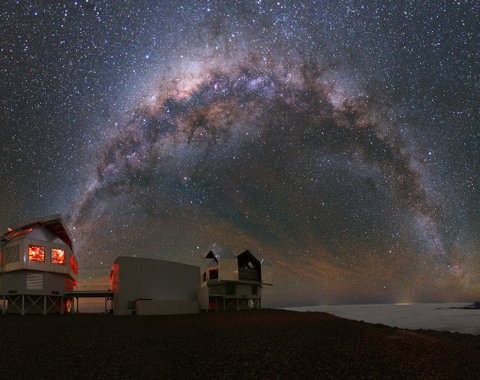2022 Astronomy Lecture Series

Each year the Observatories organizes a series of public lectures on current astronomical topics. These lectures are given by astronomers from the Carnegie Observatories as well as other research institutions. The lectures are geared to the general public and are free.
2022 Season
Monday evenings: April 11, April 25, May 9 and May 23.
AT THE HUNTINGTON LIBRARY, ART COLLECTIONS, AND BOTANICAL GARDENS
1151 Oxford Road, San Marino
All Lectures are in Rothenberg Auditorium. The simulcast room adjacent to the Auditorium will also accommodate overflow attendance. Directions can be found here.
The lectures are free. Because seating is limited, however, reservations are required for each lecture through Eventbrite (links below). Additionally, the lectures will be streamed live through Livestream and simultaneously on our Facebook CarnegieAstro page. For information, please call 626-304-0250.
Doors open at 6:45 p.m. Each Lecture will be preceded by a brief musical performance by students from The Colburn School starting at 7:00 p.m. Lectures start at 7:30 p.m. Light refreshments will be available.
Schedule
Dr. John S. Mulchaey
Science Deputy, Carnegie Institution for Science; Crawford H. Greenewalt Chair and Director, Carnegie Observatories
Over the past two decades, astronomy has made stunning achievements that have exceeded even the most seasoned scientists’ predictions. New discoveries about black holes, planets in and beyond our Solar System, galaxy and star formation, and myriad other phenomena are rapidly transforming our understanding of the universe. Dr. Mulchaey, who founded the Carnegie Astronomy Lecture Series in 2002, will present extraordinary highlights from this new century, and the ways that international collaborations, new technologies, and educational diversity and progress have advanced the field—promising even more exciting discoveries in the coming decades.
Watch recordingDr. Alan Dressler
Staff Scientist Emeritus, Carnegie Observatories, Carnegie Institution for Science
The James Webb Space Telescope (JWST) originated in a 1995 proposal from the Hubble Space Telescope & Beyond Committee led by Dr. Dressler as part of a quest to connect our human origins to the births of galaxies 13.4 billion years ago, and to search for habitable worlds like Earth within our Milky Way galaxy. Dr. Dressler will describe the history of this project to build what is arguably the most complex instrument ever; the challenges faced by thousands of engineers and scientists; the success (so far!) in activating and calibrating the telescope and spacecraft; and the instrumentation that will deliver extraordinarily powerful observations of stars and galaxies for scientific programs that begin this summer.
Watch recordingDr. R. Paul Butler
Staff Scientist, Earth & Planets Laboratory, Carnegie Institution for Science
Modern science began with Copernicus speculating that the Earth is a planet and that all the planets orbit the Sun. During the first four centuries of modern science, the discovery of extrasolar planets remained tantalizingly out of reach. Finally, in 1995,the first confirmed exoplanets were found. Since then, the trickle of new planets has grown to a flood, first from ground-based precision Doppler surveys, and, more recently, from the Kepler and TESS space missions. The initial speculation of extrasolar planets and life that led to modern science have now come full circle, with realistic prospects of direct imaging and spectroscopy of Earth-like planets around nearby stars within the next generation.
Watch recordingDr. Wendy Freedman
John and Marion Sullivan University Professor of Astronomy and Astrophysics and the College, The University of Chicago
In 1929, Carnegie astronomer Edwin Hubble discovered that the universe is expanding and revolutionized our perspective on the cosmos. Decades of discovery followed. The launch of the Hubble Space Telescope (HST) in 1990 enabled astronomers to make measurements of the universe with unprecedented accuracy. The December 25, 2021, launch of the James Webb Space Telescope promises even higher accuracy. Dr. Freedman spent 30 years of her career at the Carnegie Observatories, 11 of those as Director. She is best known for measuring how fast the universe is expanding, a quantity known as the Hubble constant, which gives a measure of the size and the age of the universe. She will describe the historical quest to measure these quantities and how recent HST results suggest that there may be a missing piece in our current understanding of cosmology.
Watch recording